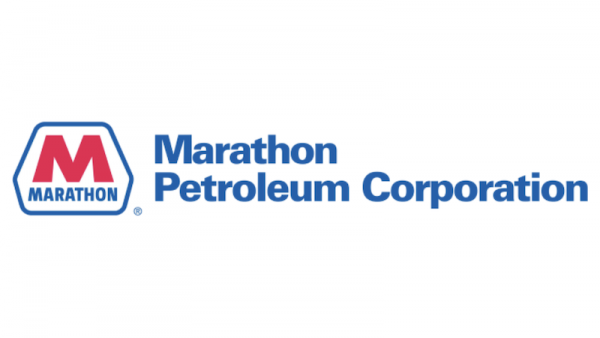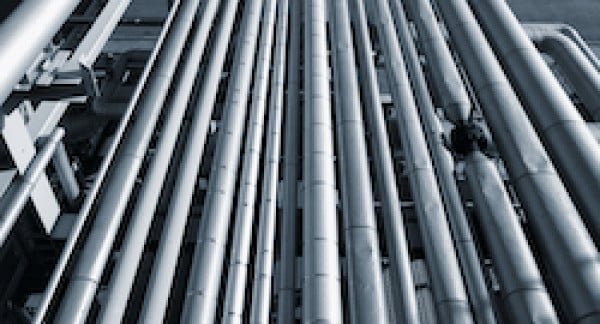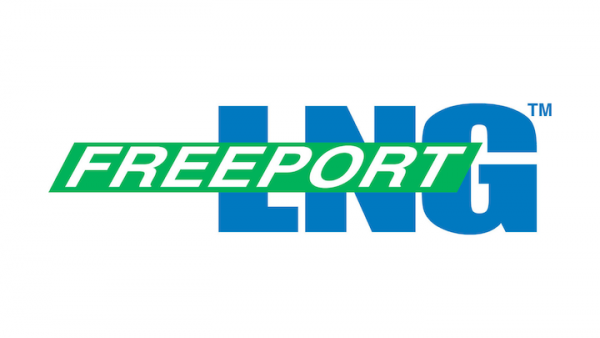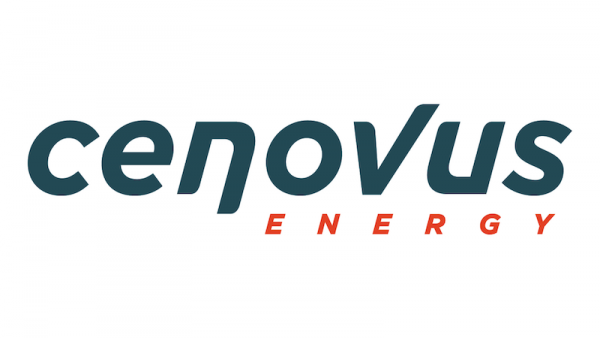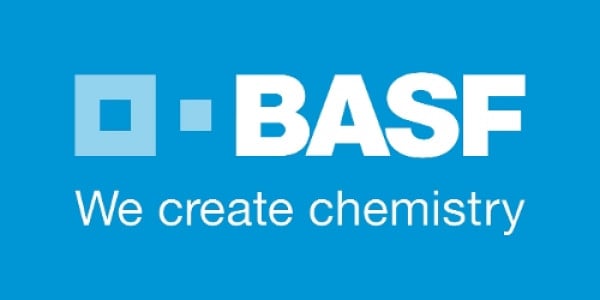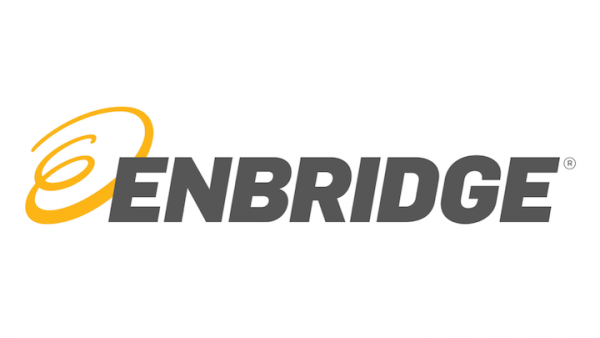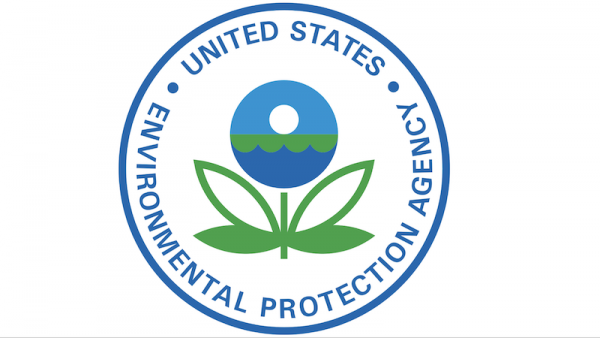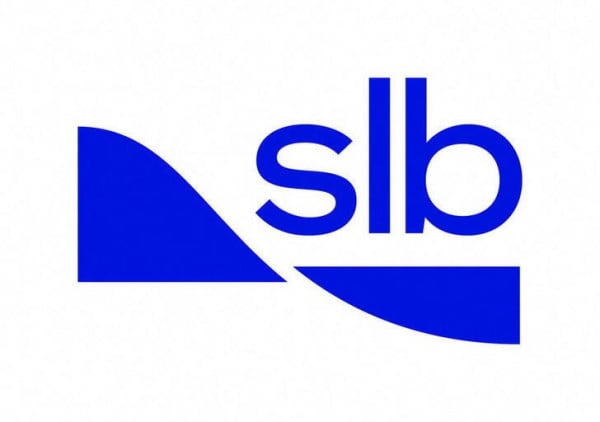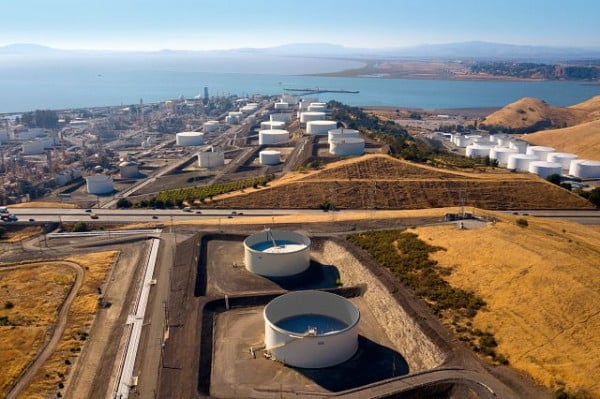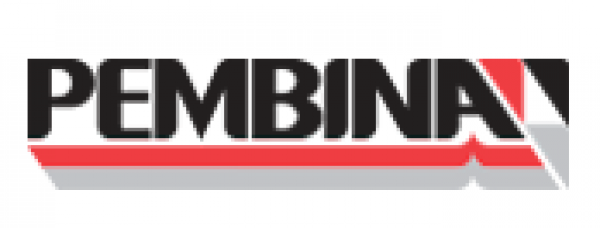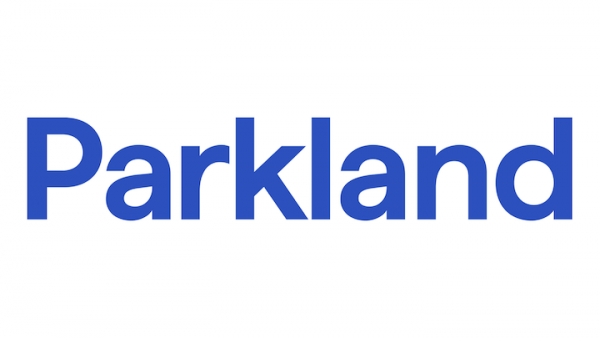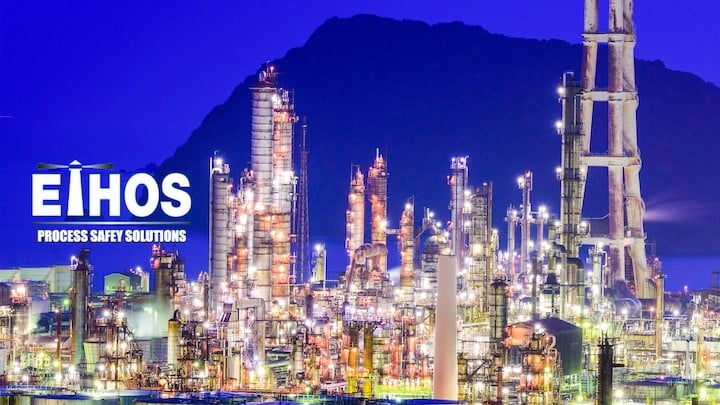Industry News
In order to keep the Inspectioneering community up-to-date with current events and breaking stories, we routinely share relevant, useful, and/or interesting stories related to the topics we cover and the industries we serve.
TotalEnergies has signed an agreement to acquire its 50% interest in Malaysian independent gas producer and operator SapuraOMV Upstream Sdn.
With the IMS Suite, you can calculate optimal intervention periods and lay out efficient maintenance strategies. Click here to learn more.
A Michigan regulator is seeking public comment on a proposed permit allowing Marathon Petroleum to boost crude throughput at its Detroit refinery.
Two people were killed and four injured in an explosion at a chemical plant in northwest China's Ningxia region.
This year's conference and exhibition marked a significant milestone in the event’s history, attracting delegations from 98 pipeline operating companies.
Texas' environmental regulator has fined Freeport LNG $152,173 for violating state air pollution emissions rules for periods between 2019 and 2021.
This June, the inaugural AI in Energy Summit in Houston, TX will help organizations in the energy sector unlock the potential of artificial intelligence.
Cenovus Energy said it plans to invest $1.5 billion in its Ohio refineries over the coming five years, including Lima and Oregon.
Germany's BASF said that it has begun the layoff process at its Harjavalta site in Finland after facing permitting issues from the relevant authorities.
The Biden administration has urged an appeals court to tell a lower court to rethink its order that would require Enbridge to drain portions of an oil pipeline.
ASME and dmg events announced a collaboration that combines the International Pipeline Conference and International Pipeline Exposition into one cohesive event.
The U.S. EPA recently finalized a settlement with Sasol Chemicals over alleged violations of the chemical accident prevention provisions of the Clean Air Act.
SLB and ChampionX Corporation have announced a definitive agreement for SLB to purchase ChampionX in an all-stock transaction valued at $7.8 billion.
Phillips 66's Rodeo Renewable Energy Complex is now producing approximately 30,000 bpd of renewable diesel and is on track to increase production rates to more than 800 million gallons per year (50,000 bpd) of renewable fuels by the end of Q2 2024.
Pembina Pipeline Corporation has completed its previously announced acquisition of Enbridge’s interest in the Alliance, Aux Sable, and NRGreen joint ventures for approximately $3.1 billion.
Parkland Corporation announced today that the Burnaby Refinery safely returned to normal operations on March 29, following an unplanned shutdown.
- View more:
- Next


